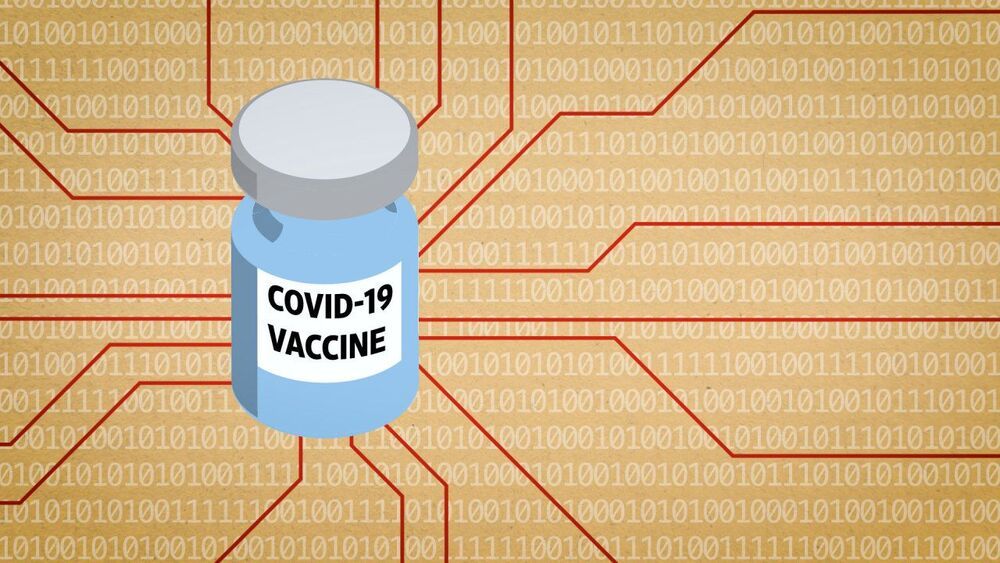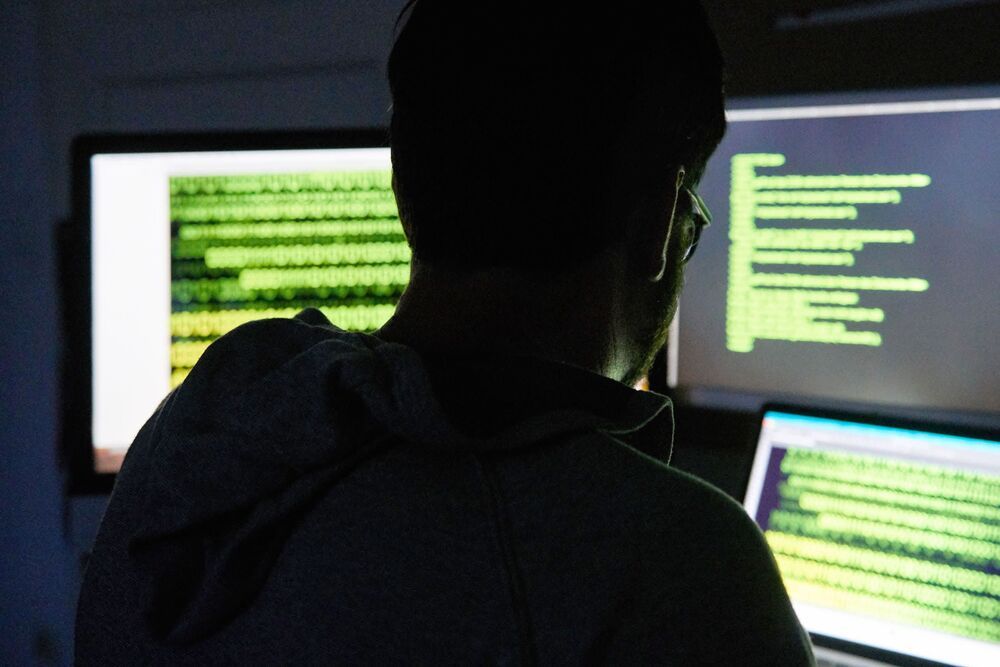[Editor’s Note: Independent security consultant Christopher Budd worked previously in Microsoft’s Security Response Center for 10 years.]
Analysis: To understand where the SolarWinds attackers are going next, and how to defend against them, look to the clouds.
The SolarWinds supply chain attacks are unprecedented in many ways. The attacks are sophisticated in execution, broad in scope, and incredibly potent in their effectiveness. But perhaps most notable is the unprecedented manner in which the SolarWinds attackers seem to be seeking access to cloud-based services as one of their key objectives.









